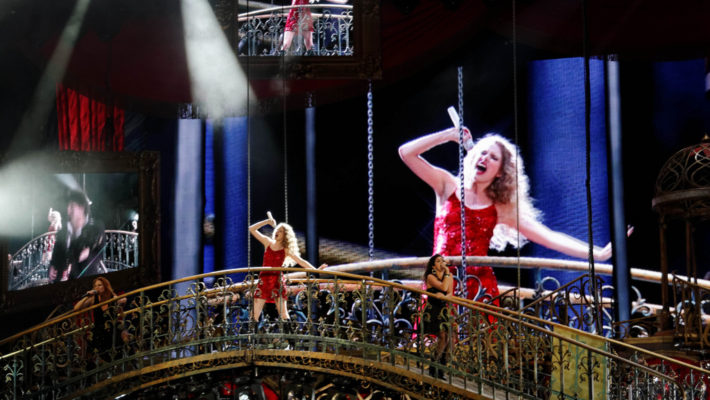Drag has the power to transform lives. What started in the clandestine corners of speakeasies back when homosexuality and gender divergence were illegal, has entered the mainstream, grabbed the public’s attention, and sashayed onto the arena stage.
Last week New York Magazine unveiled their new feature “The Most Powerful Drag Queens in America”, which features 37 different cover girls, many of them people of color, all of them alumni of Ru Paul’s Drag Race.
Drag is Everywhere Now. Deal With it!
The feature arrives hot on the high heels of a ‘camp’ themed Met Gala, which owes a debt not just to drag culture but to Black drag queens in particular. Meanwhile, RuPaul’s Drag Race is strutting into its 12th season behind the scenes at Netflix, surpassing the lifespan of legendary programs like The Carol Burnett Show. While fans await the new season, they can stream the the 1991 documentary about Drag culture in Harlem, Paris is Burning and buy tickets to RuPaul’s DragCon.
RuPaul describes DragCon, which takes place in Los Angeles in the spring and New York City in the autumn, as “the most beautiful thing in the world. It’s every flower in full bloom.” He says the convention attracts 50,000 people, from all walks of life. “We’re talking straight, gay, black, white. We’re talking 8-year-old kids and 75-year-old women. We’re talking everybody. It’s a city of beautiful flowers. A utopia. They are loving it.”
‘From Poverty to an Apartment in Gramercy”
New York events producer Frankie Sharp, who has worked with Drag Race alum in bars around Manhattan and Brooklyn, says that drag can pull people up from nothing. “I’ve worked with most of the girls from New York before and after the show,” he told Vulture. “It can make someone’s booking fee increase sometimes by 60 times over. I’ve seen it take one drag artist I know from poverty to an apartment in Gramercy.”
RuPaul emphasizes that drag is for everyone. “I know that inside of every human being there’s a child that loves colors and sparkly things and things that are exciting. Also inside of every one of us there is the knowledge that we are all in drag. Now, whether humans can articulate that or not is neither here nor there.”
He says that people are “especially fickle when it comes to concepts of men and femininity. I’ve seen men in my lifetime put the kibosh on that behavior overnight.”
Drag Culture, Reaching Children Through the Library
Across the country, Drag Queen Story Hour is drawing crowds by the hundreds—and religious protesters by the hundreds, too. The event gives the new generation the enviable privilege of going to story hour at the local public library, and spending the hour with a drag queen! If only all of our childhoods had been so blessed.
In Spokane, Washington, last Saturday, 275 attendees filled the downtown library to capacity. They came with their children to hear drag queen Tirrany Hex read Not All Princesses Wear Pink, and other children’s books for Drag Queen Story Hour. Attendees were met with 150 protesters outside the library. But there were twice as many counterprotesters holding up sheets to block children’s view of the protesters’ hateful messages, or playing musical instruments to drown out their anti-gay rhetoric.
The same day, over in Rockford, Illinois, hundreds of protesters came to a story hour led by Cass Downing, a drag queen from Madison. But that didn’t stop Downing from making a positive impact.
“It’s really helpful to see someone who is similar to me and how she can connect with people who are just like me and make me feel more accepted and welcome and just lets me be me without getting judged, which is rare,” said Andy Schueler, a teenage drag queen who attended the event. “I can walk down the hall and I can list 30 comments I’ll get about me and none of it bothers me,” he added. “I developed a very thick skin and that’s from Cass.”
The Cost of Shifting to Mainstream
The transition of drag culture from subculture to the American mainstream does present its problems. Any countercultural movement, especially one that comes from the voices of marginalized people, undergoes a neutering of sorts when it’s commodified by capitalism for mass consumption. But the vanguard of countercultural voices will continue to redefine the frontlines, as what was once illegal moves through taboo and risque to becoming celebrated.




